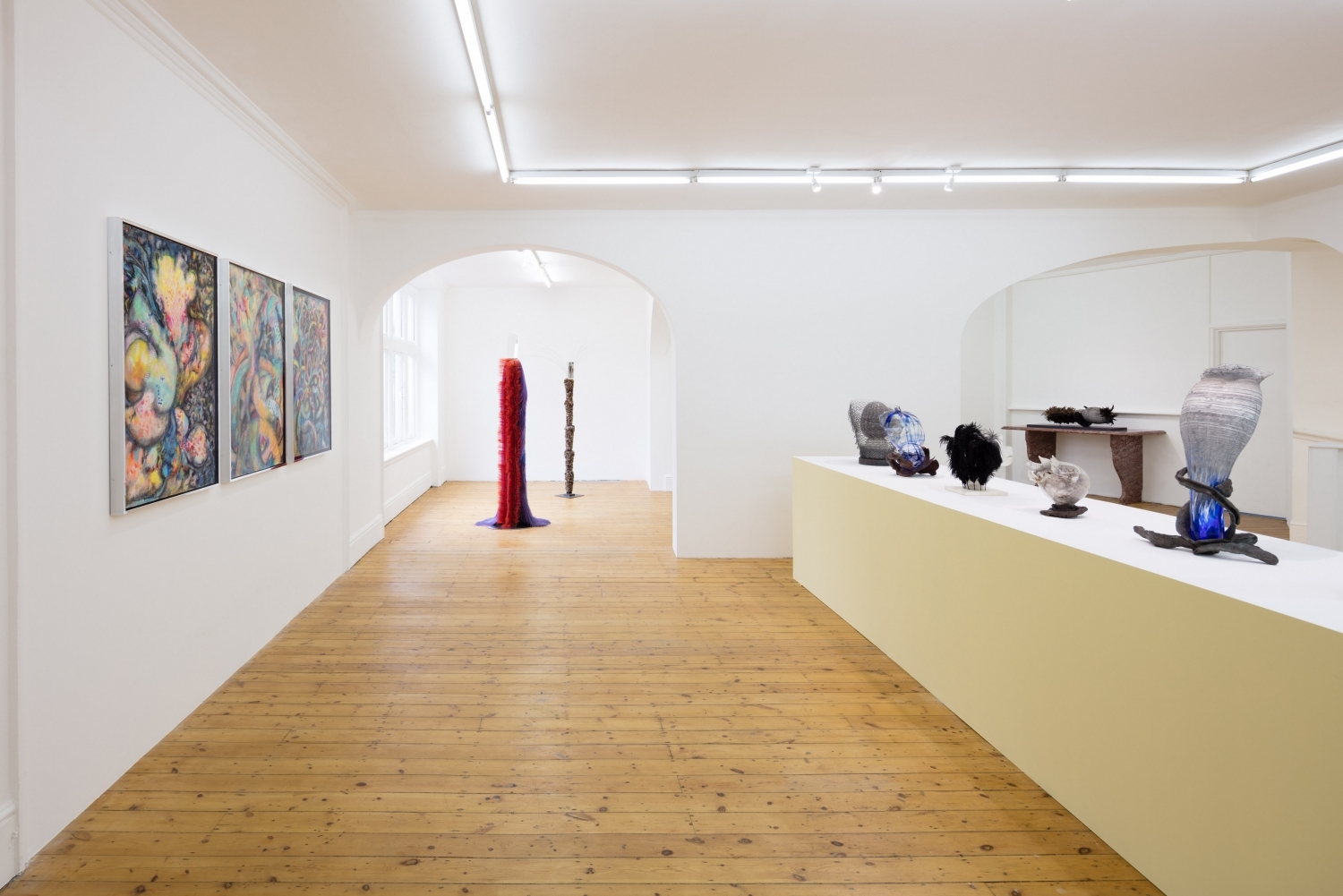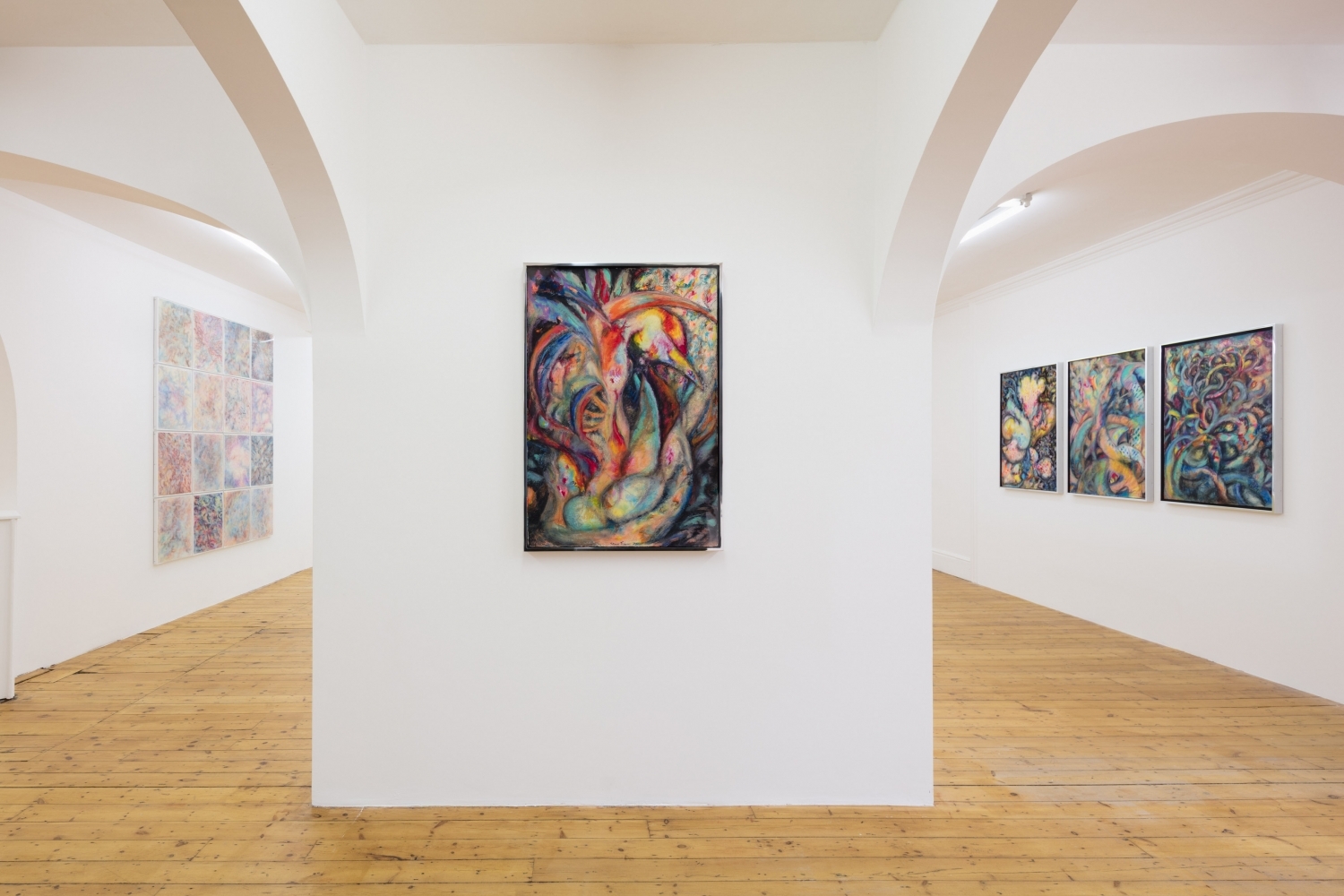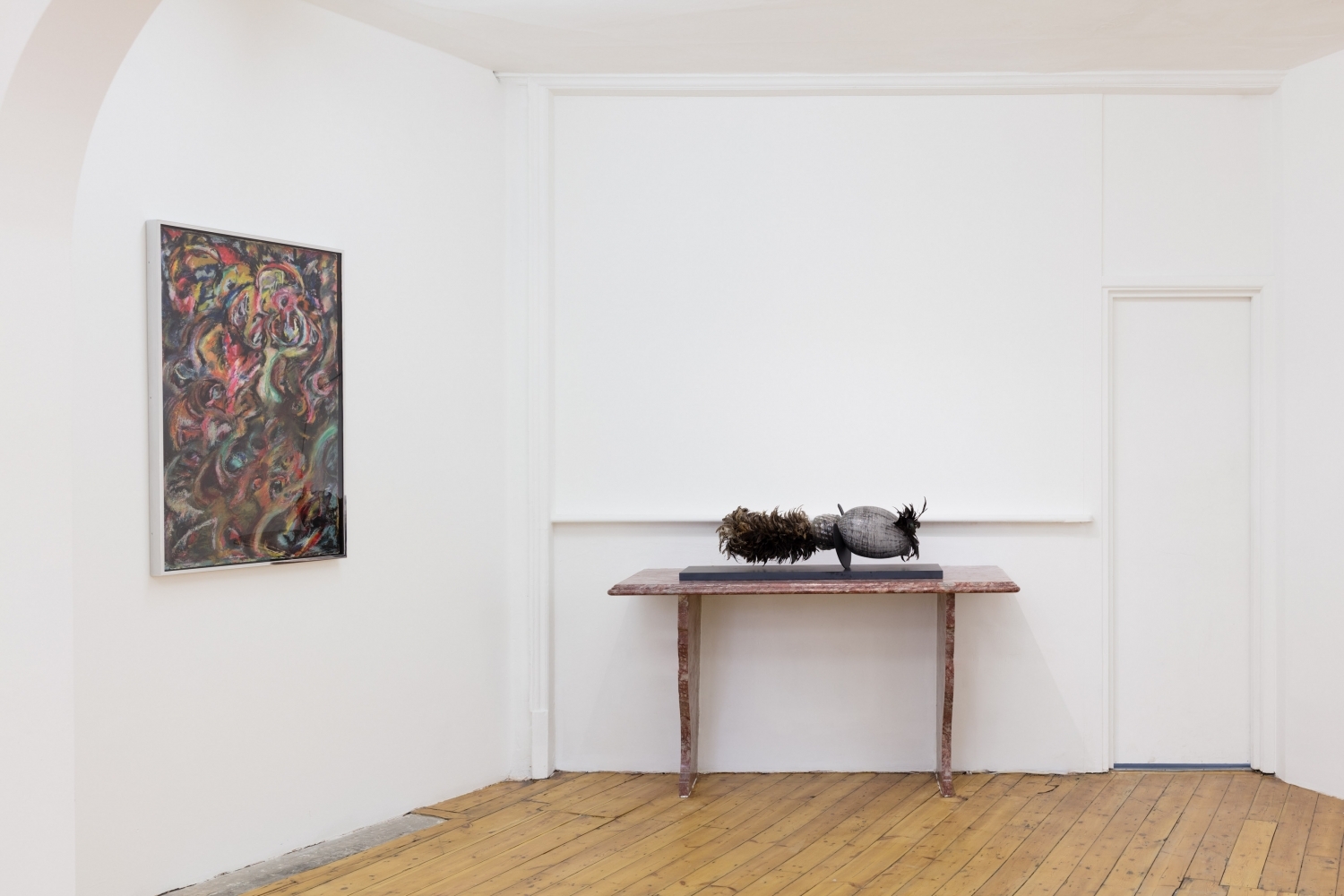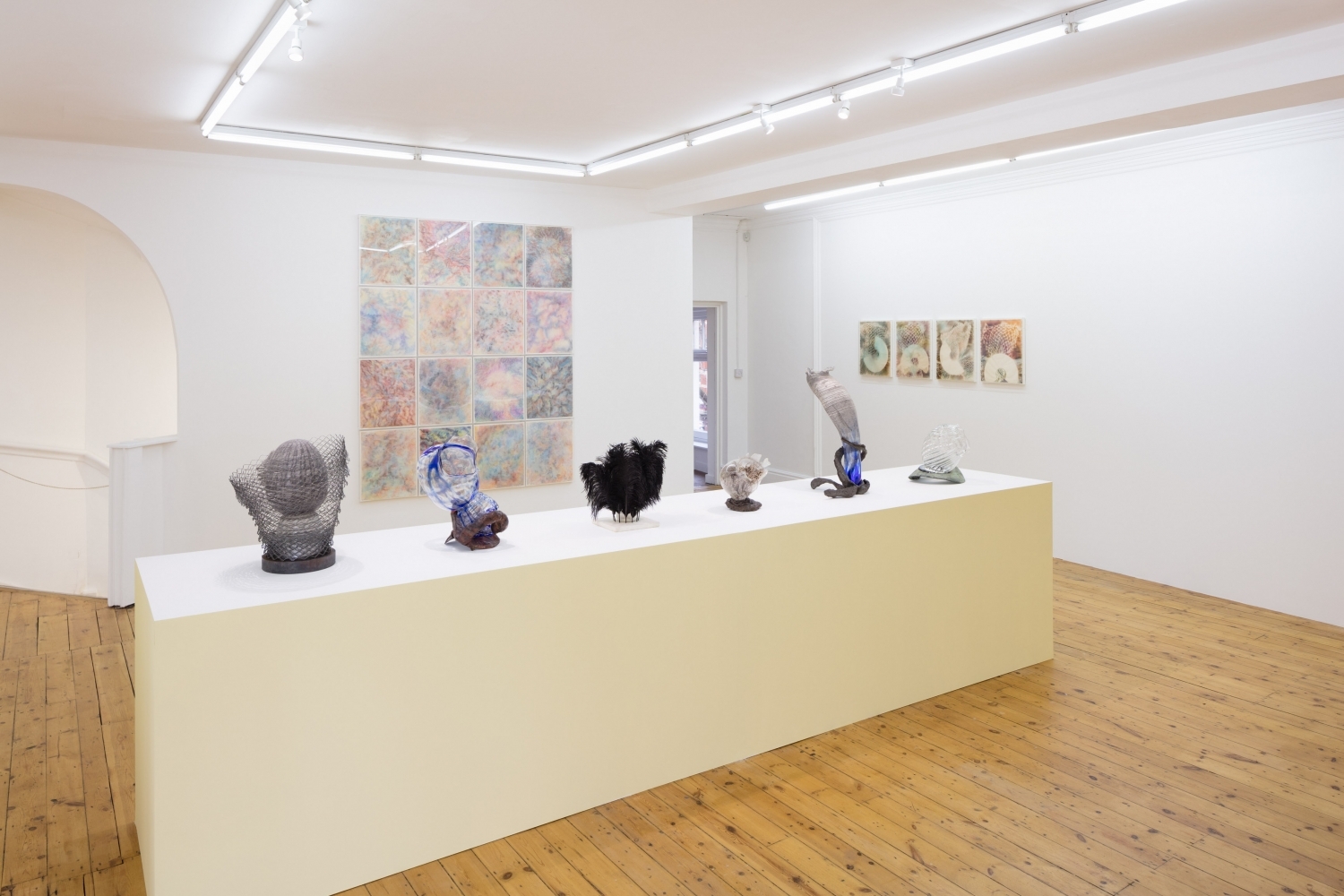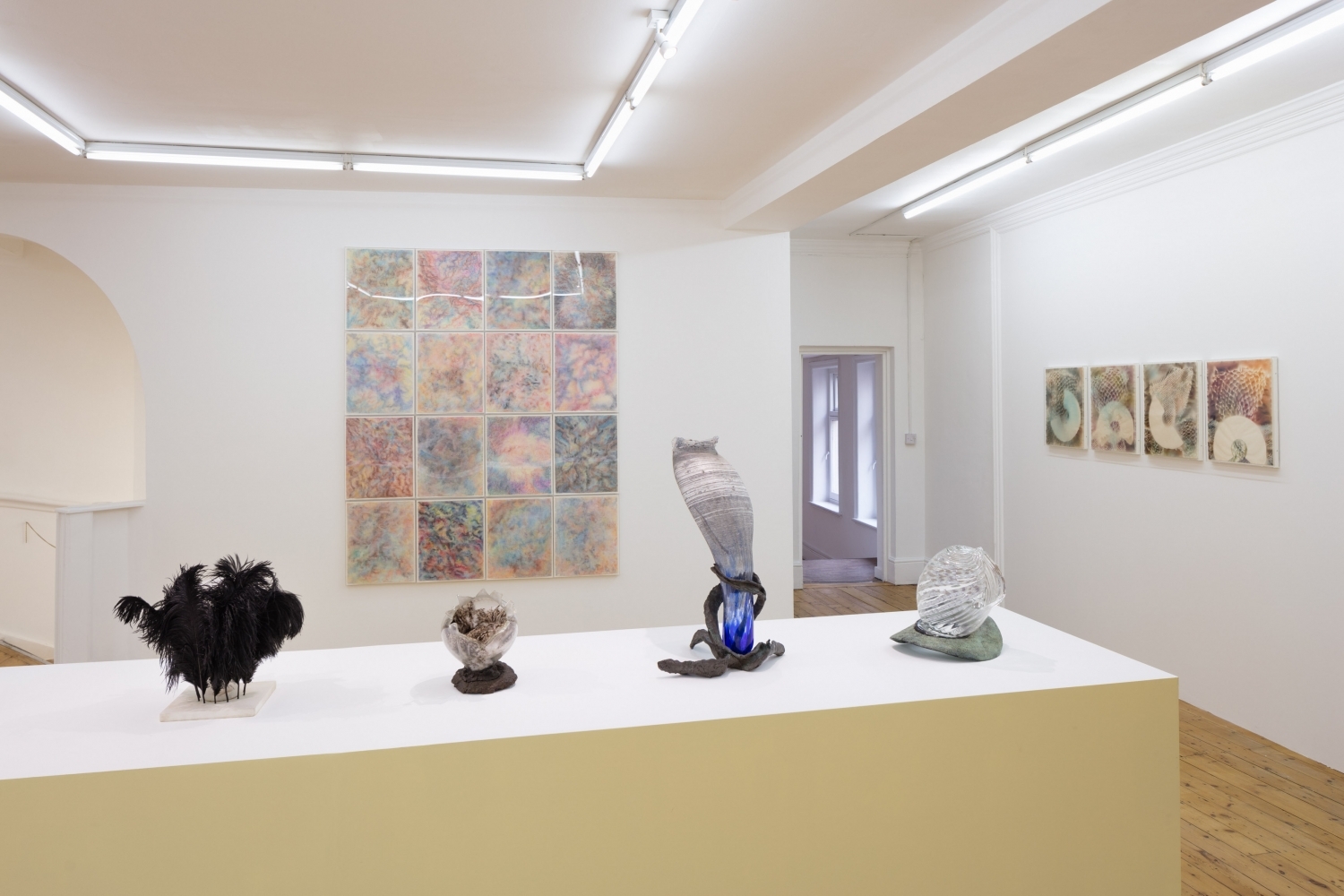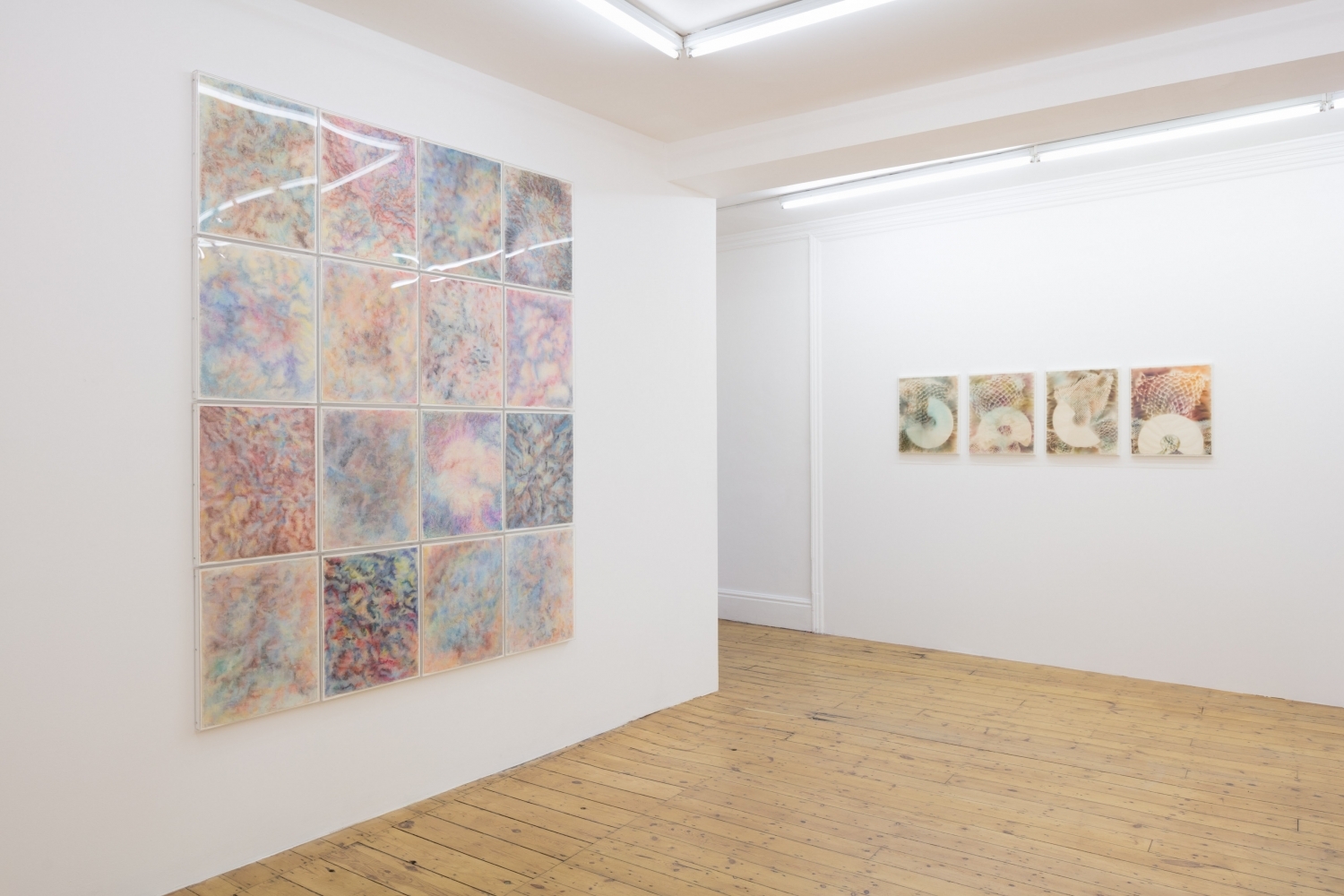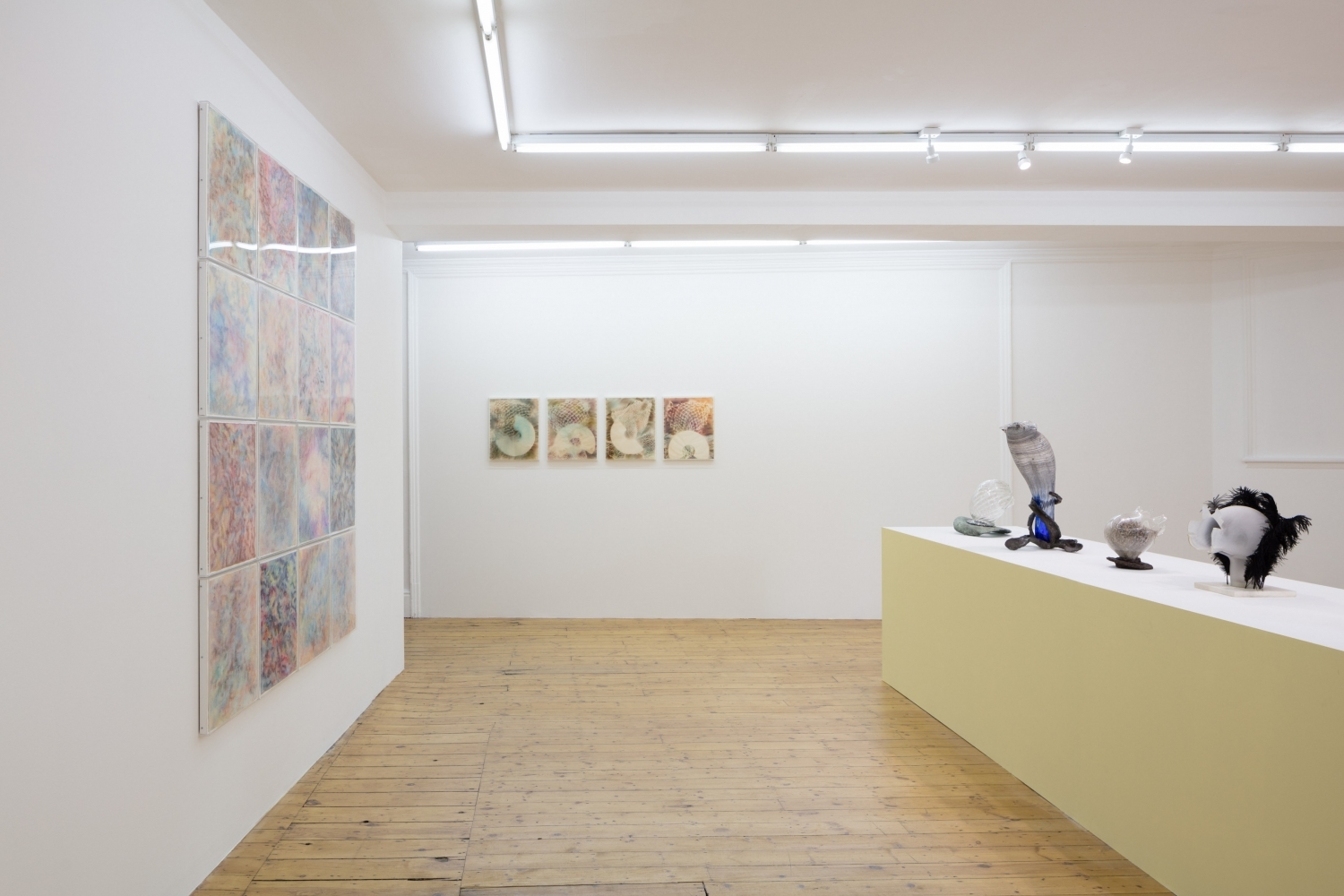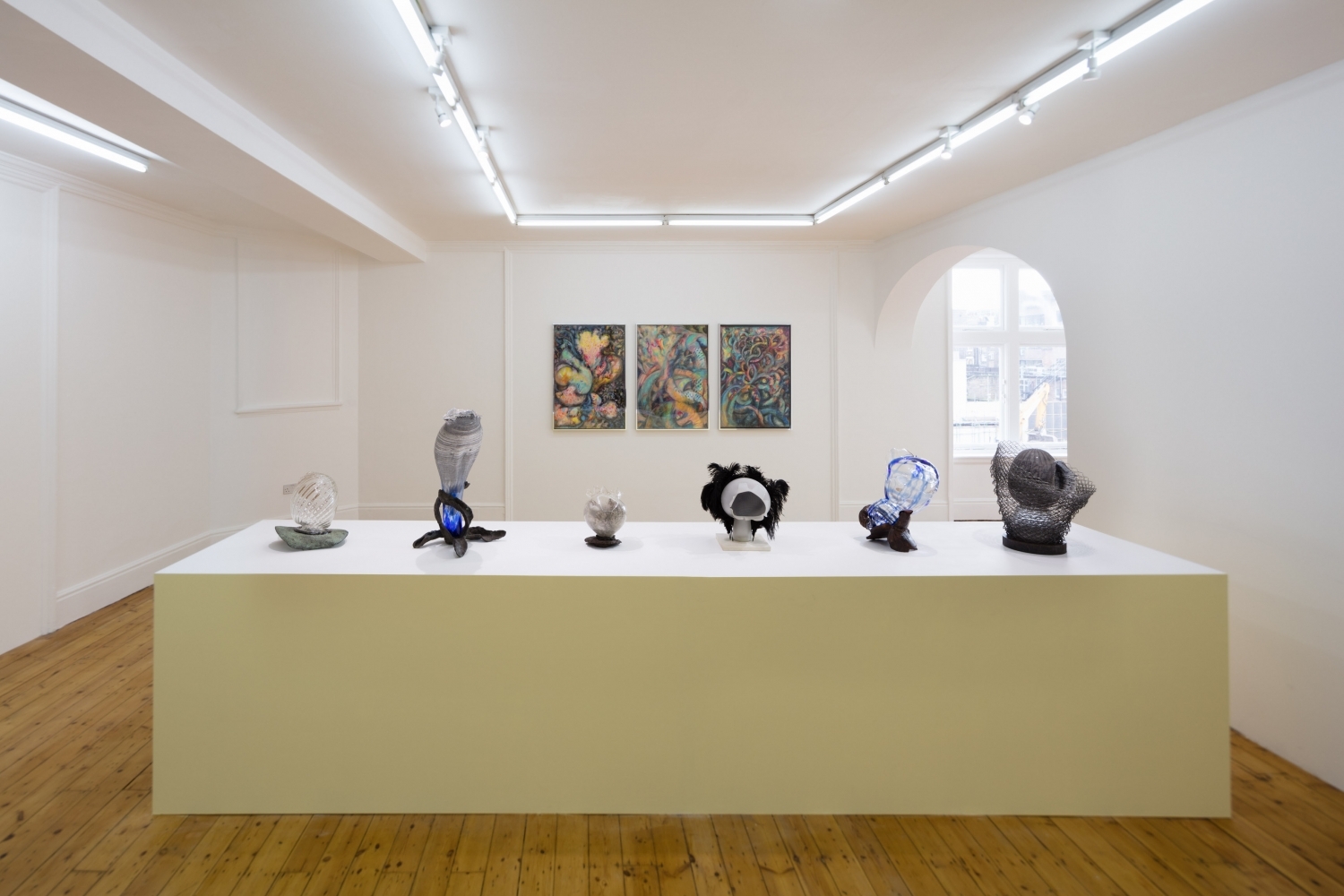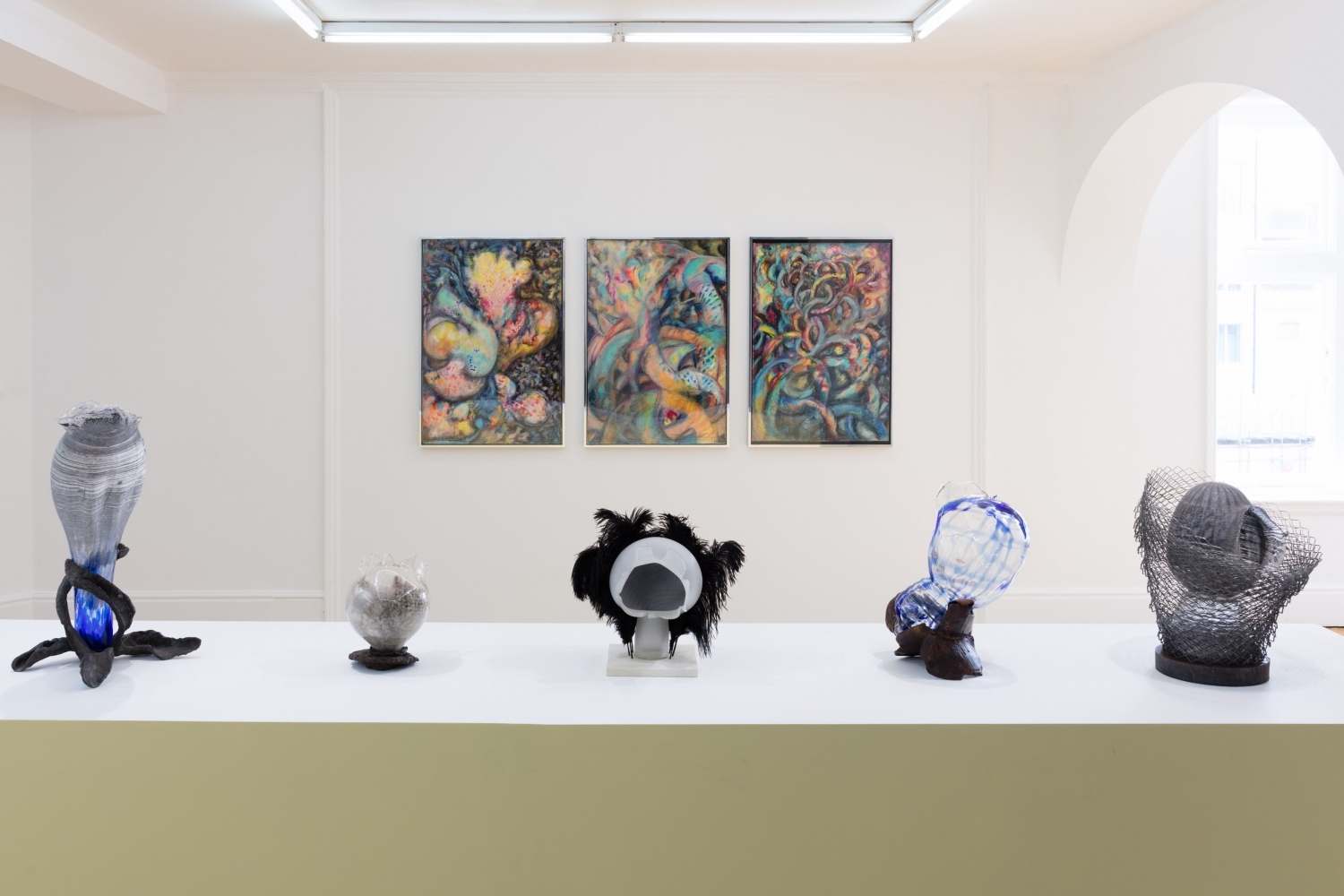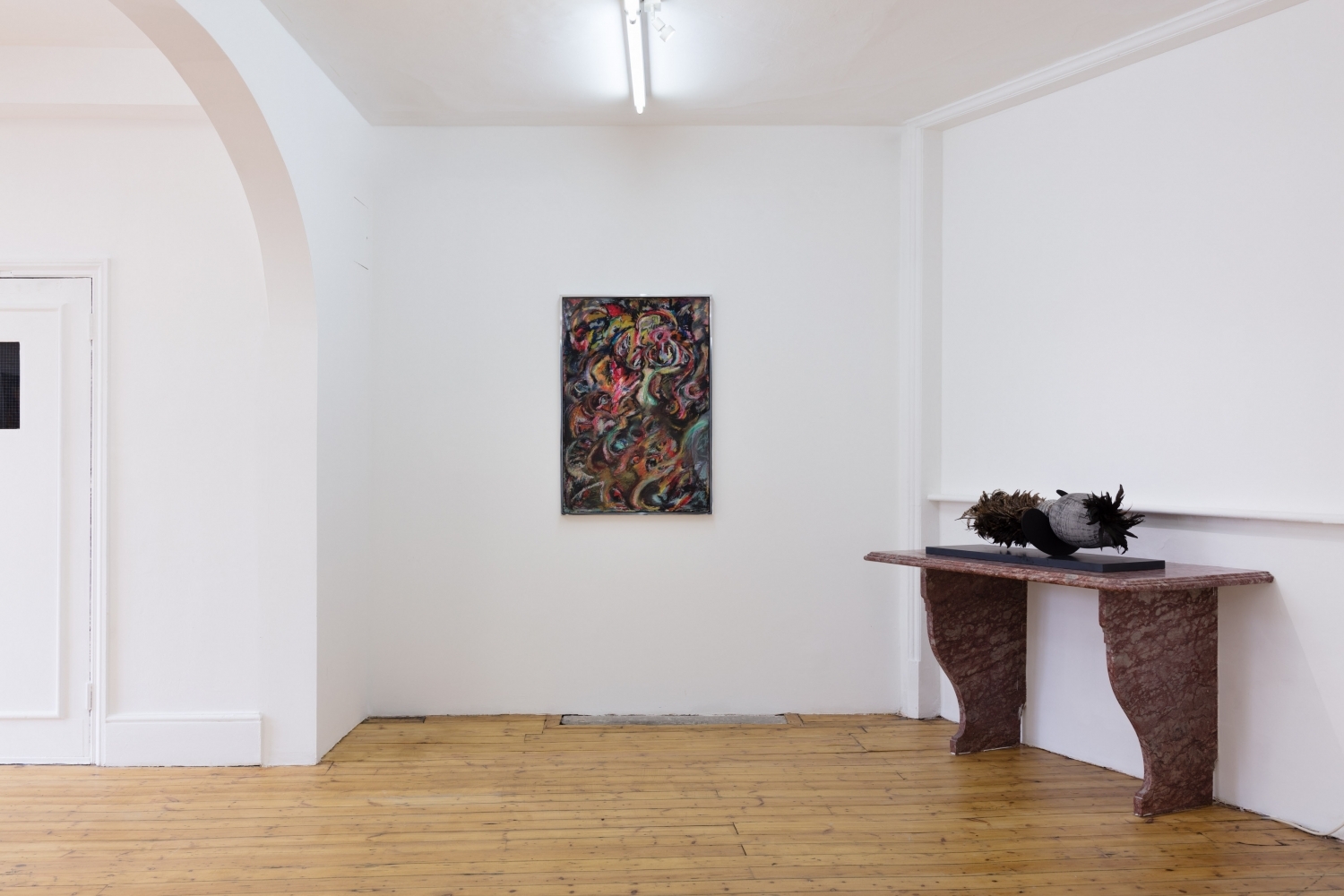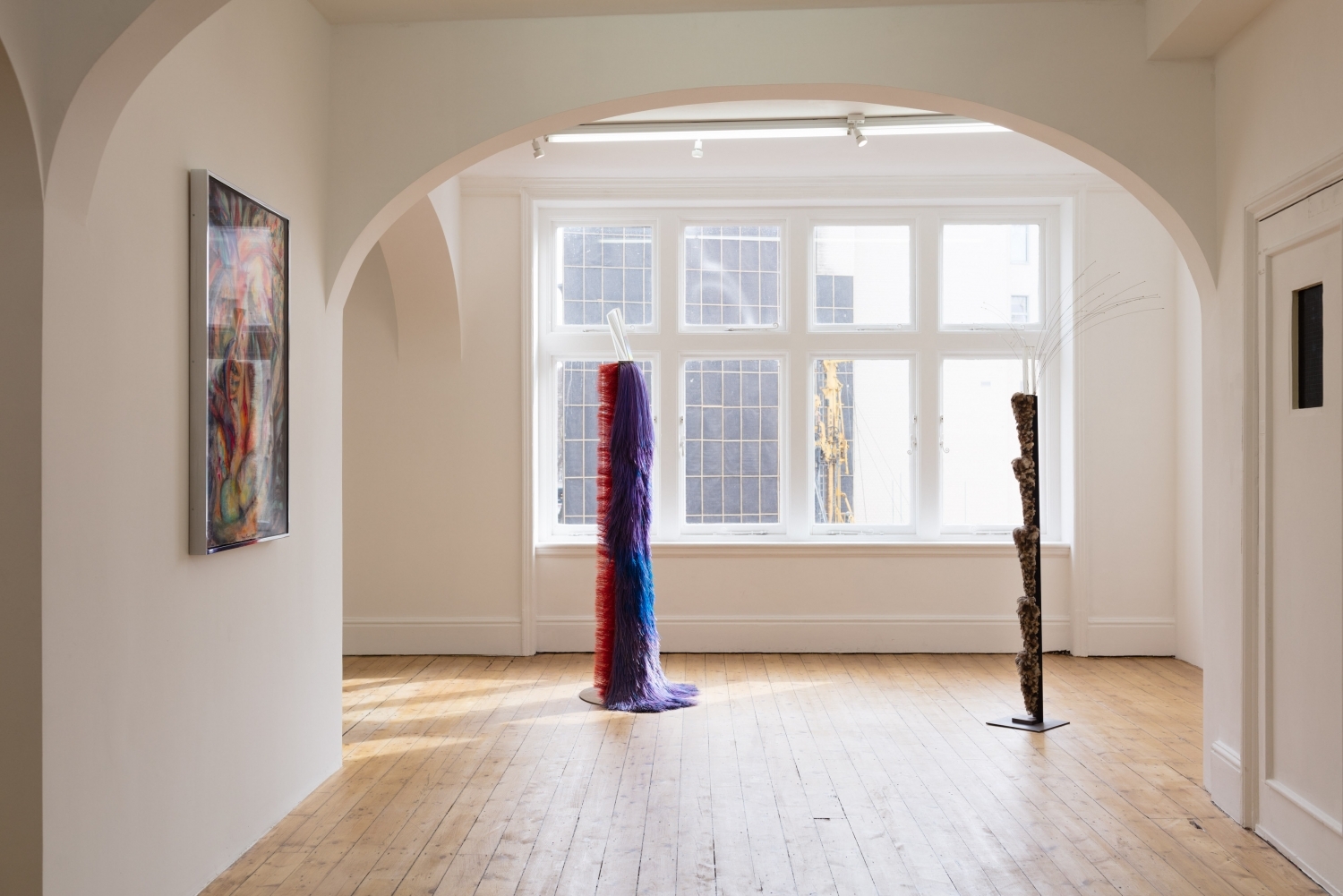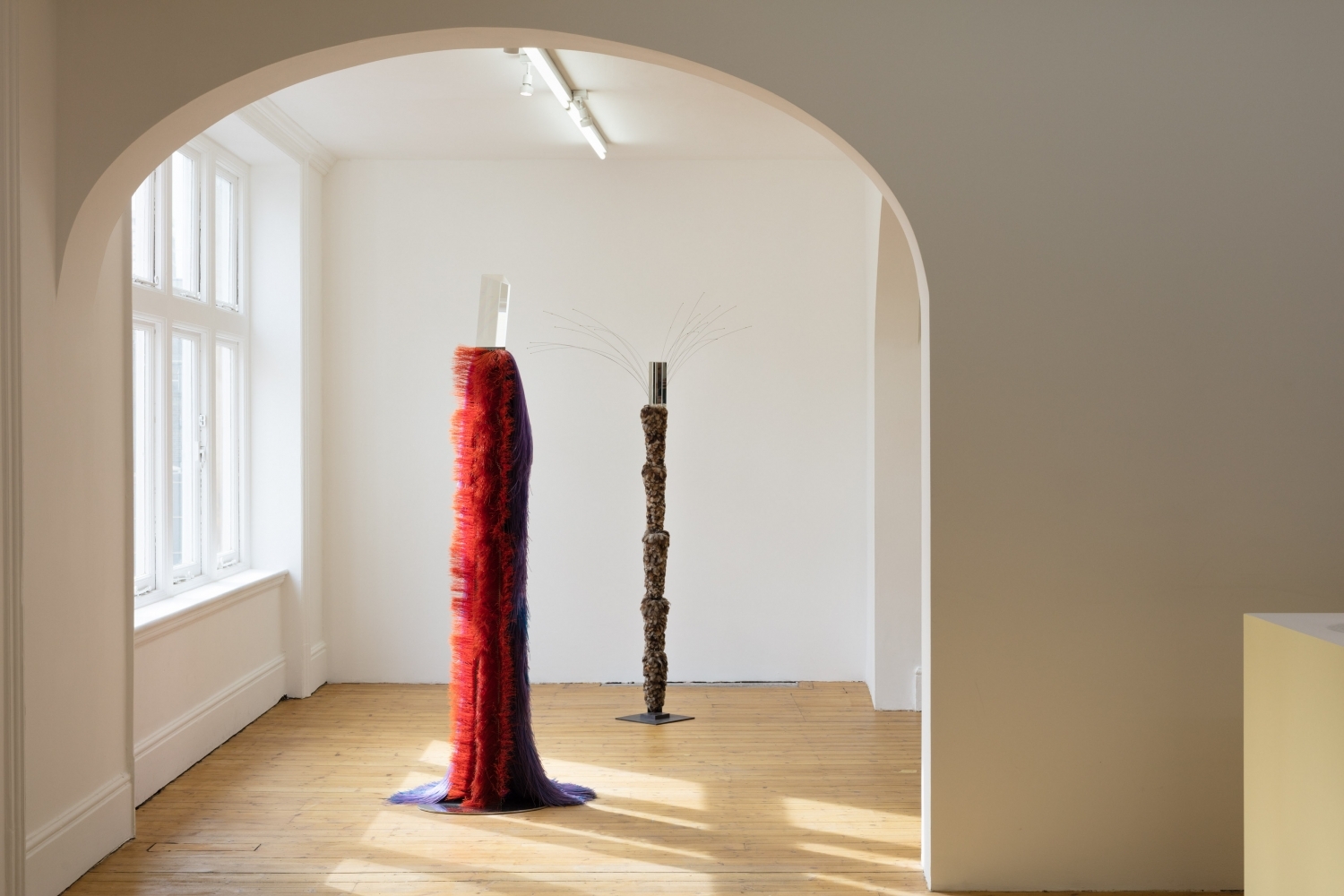Liliane Lijn: Lady of the Wild Things, Rodeo, London.
3 March – 28 April, 2018.
It is always startling when one finds out that not far from here vivid art historic material has been patiently waiting for decades. Liliane Lijn has been working since the late 1950s consistently, consciously experimenting with different forms, mediums and making work that pushes the boundaries of her art between writing, painting, sculpture, fashion and science. Her interpretations of ancient myths and mystic knowledge are merging uniquely with the power of language, art and technology. Lijn’s knowledge of ancient myths is longstanding and immense; from the Sumerian goddess Inanna, to Persephone via the Tibetan poet Jetsun Milarepa and Antonin Artaud. It is with great pleasure to present the first solo exhibition of Liliane Lijn’s at Rodeo.
Liliane Lijn started experimenting with movement and poetry in the 60s incorporating her own as well as others’ writings in her contemplative kinetic sculptural geometries. The metaphysical is juxtaposed with light and science as “my feeling about science – in particular the one of light and matter – was that it was pure poetry.” Despite the earlier formal works that Lijn has gained reputation for, it is a more lyrical, elegiac and powerful body of work that we thought very significant as well as timely for the first show at Rodeo. Taking as a beginning and a central point of reference the epic science fiction book of prose-meets-poetry Crossing Map, that Lijn wrote and illustrated in 1983, this show informs itself from Liliane’s different aspects of female power.
The earliest works in the show are the totemic sculptures Heshe (1980) and Feathered Lady (1979). Following a series of works that explore the power of prisms and their spectral colour emissions mostly made in the 1970s, these works interact with the world while refracting the energy that goes through them. Like ancient goddesses from a futuristic novel, composed of organic and industrial material, they stand still with their heads always ready to act and transform. The Head is a medium for portraiture, a cosmic centre decorated but also torn apart. These glass works were made between 1987 and 1990 (-ongoing) and each and every one is a different portrait as manifestation of various psychological states of the feminine. The use of feathers as well as hard industrial iron mesh mixed with zinc maps a vast emotional landscape from softness to hardship, both real aspects of womanhood.
Inner Portraits is a body of works that Lijn arrived to after she started drawing with colour earlier, making works similar to the wall installation Windows (1979). In Windowsstroke as well as colour are gentler, calmer and more pale and background and foreground merge. Like hazy dreams and photos of galaxies they are evenly looking outwards as well as inside. Inner Portraits are mostly dark and strong and their surface is dense where figure and background merge. They are manifestations of different transformative moments of female power; the Transformation of the Bride triptych uses the archetype of the Bride and the Medusa in a progression while she turns from light to darkness. While exploring the feminine’s chthonic powers, elements like fire, water, heaven and hell and symbols like the bird, the flower, the Medusa amongst others parade in a dark drag show staring at us with their eternal gaze.
